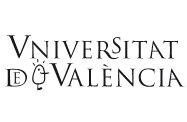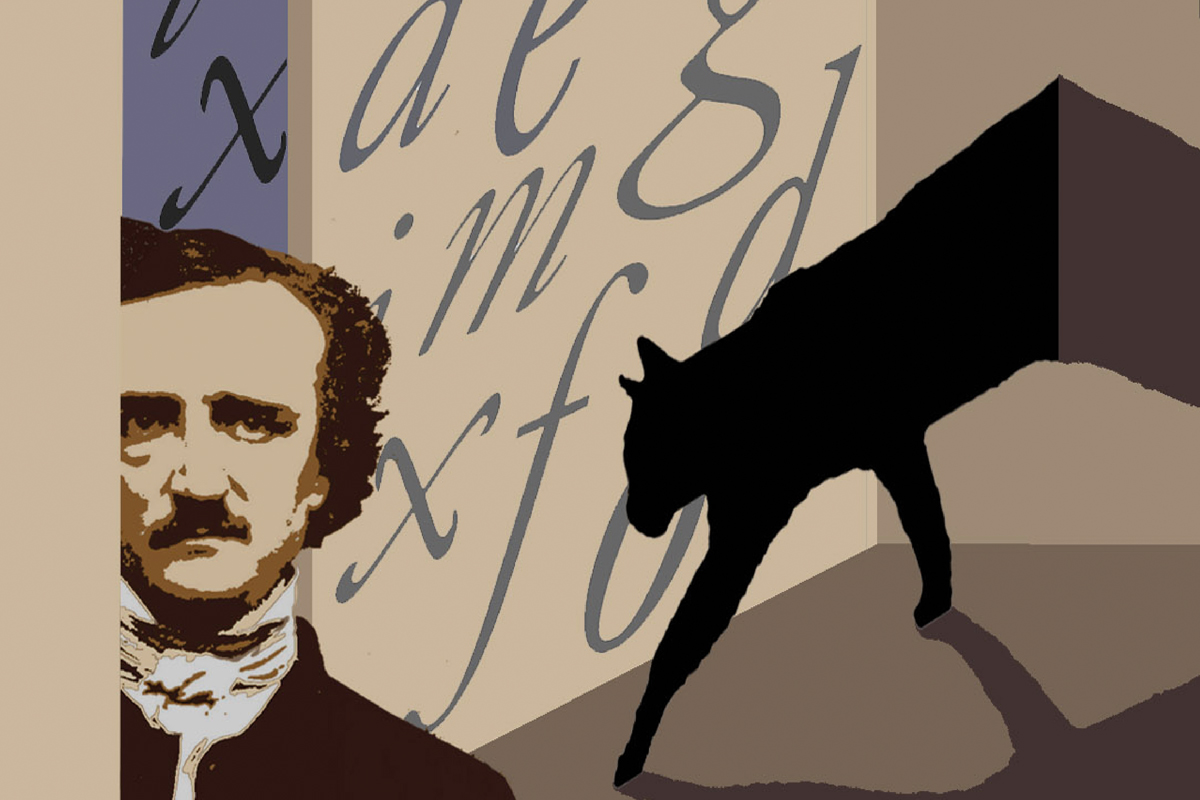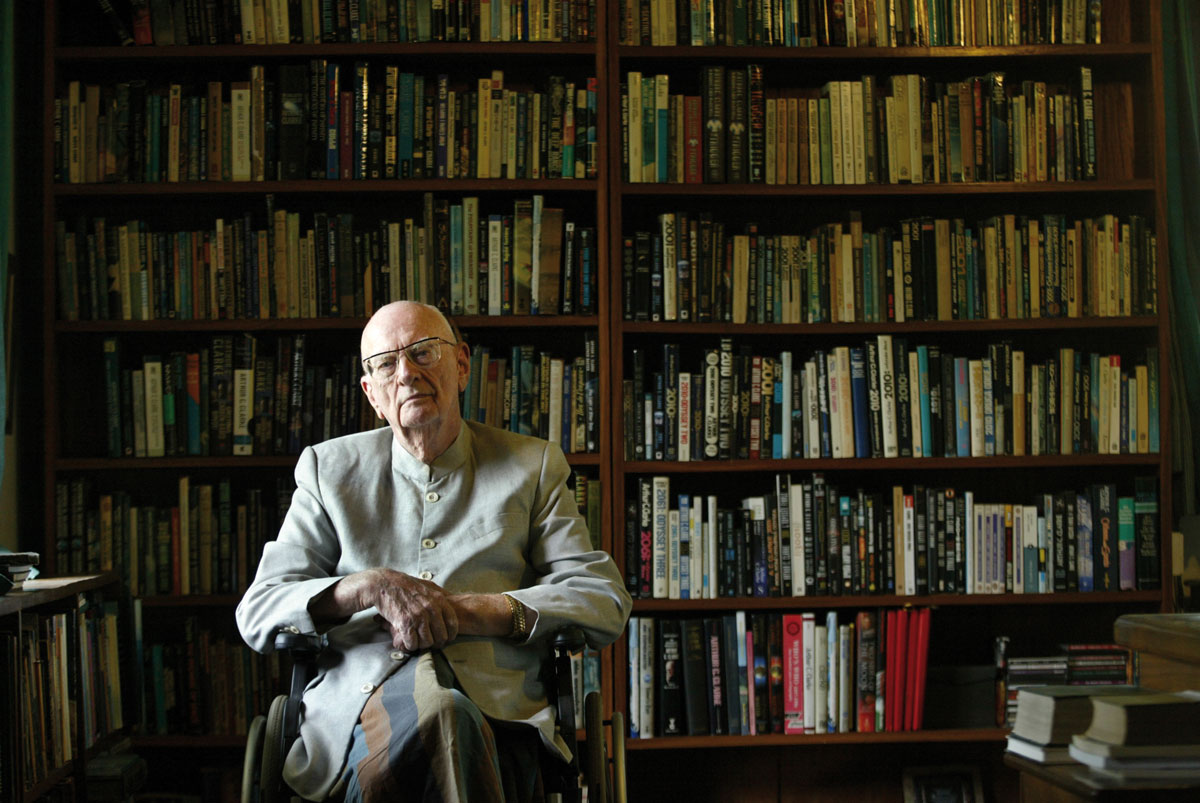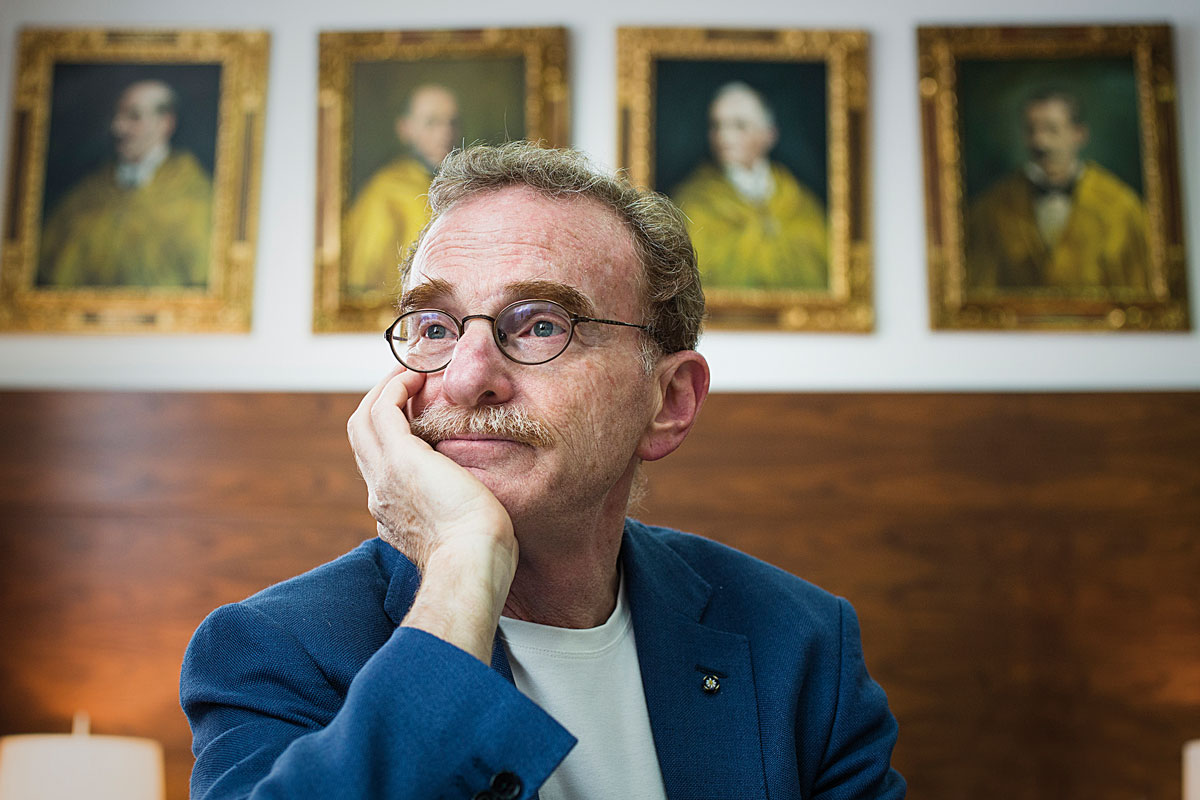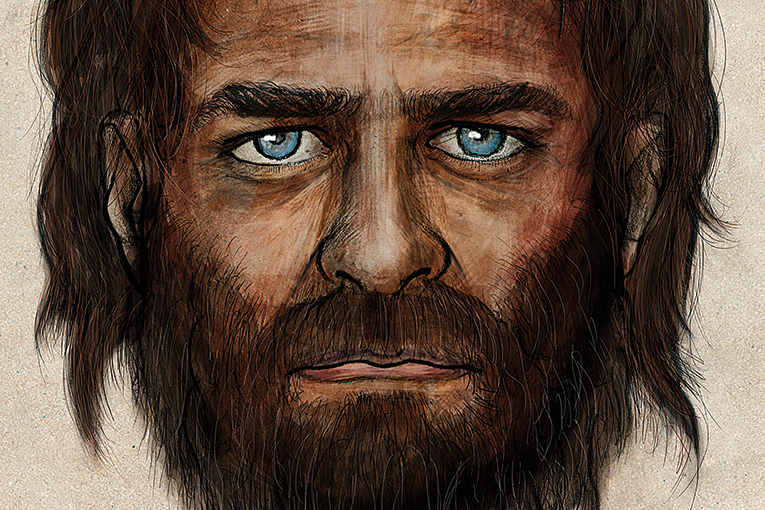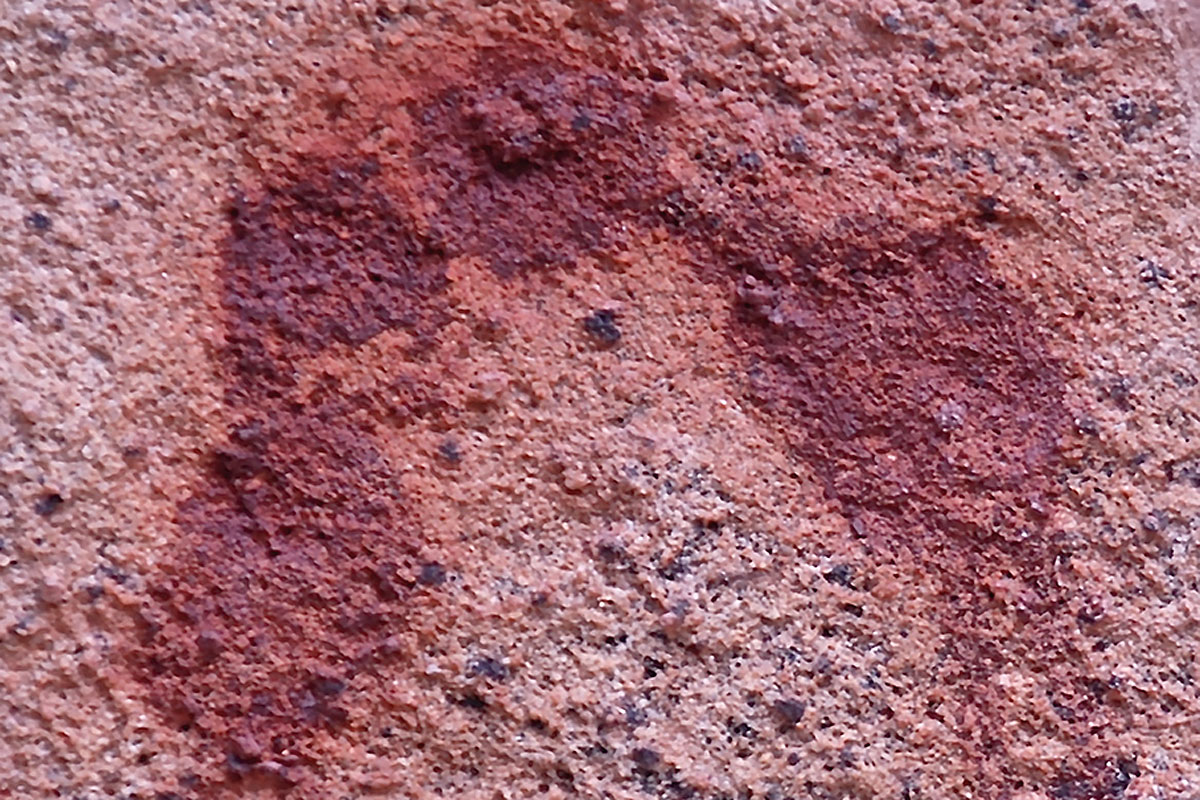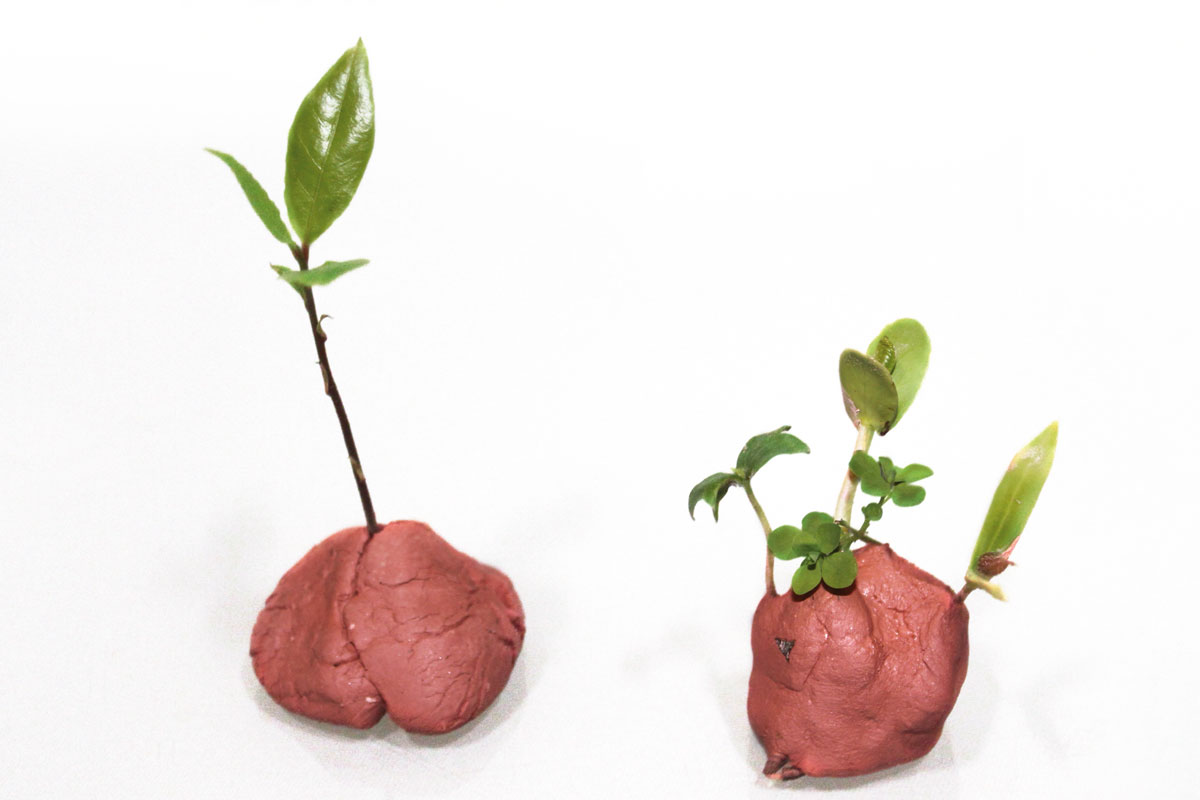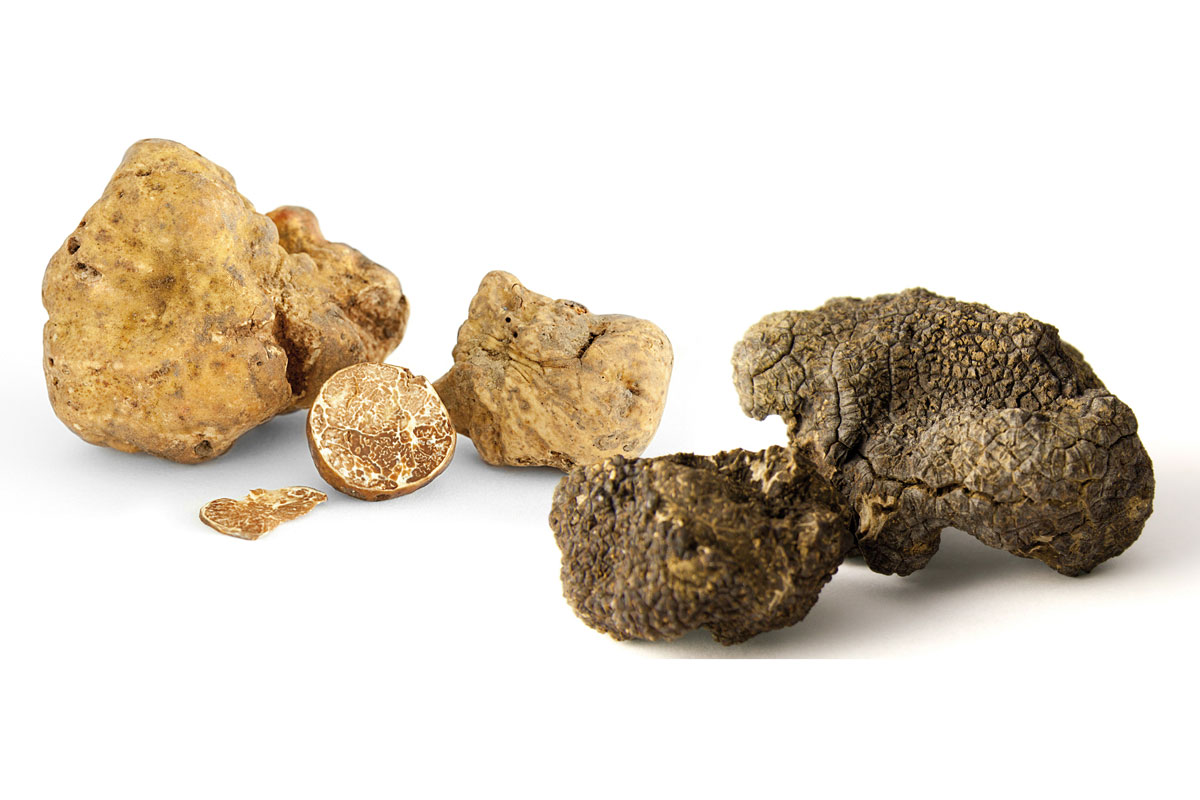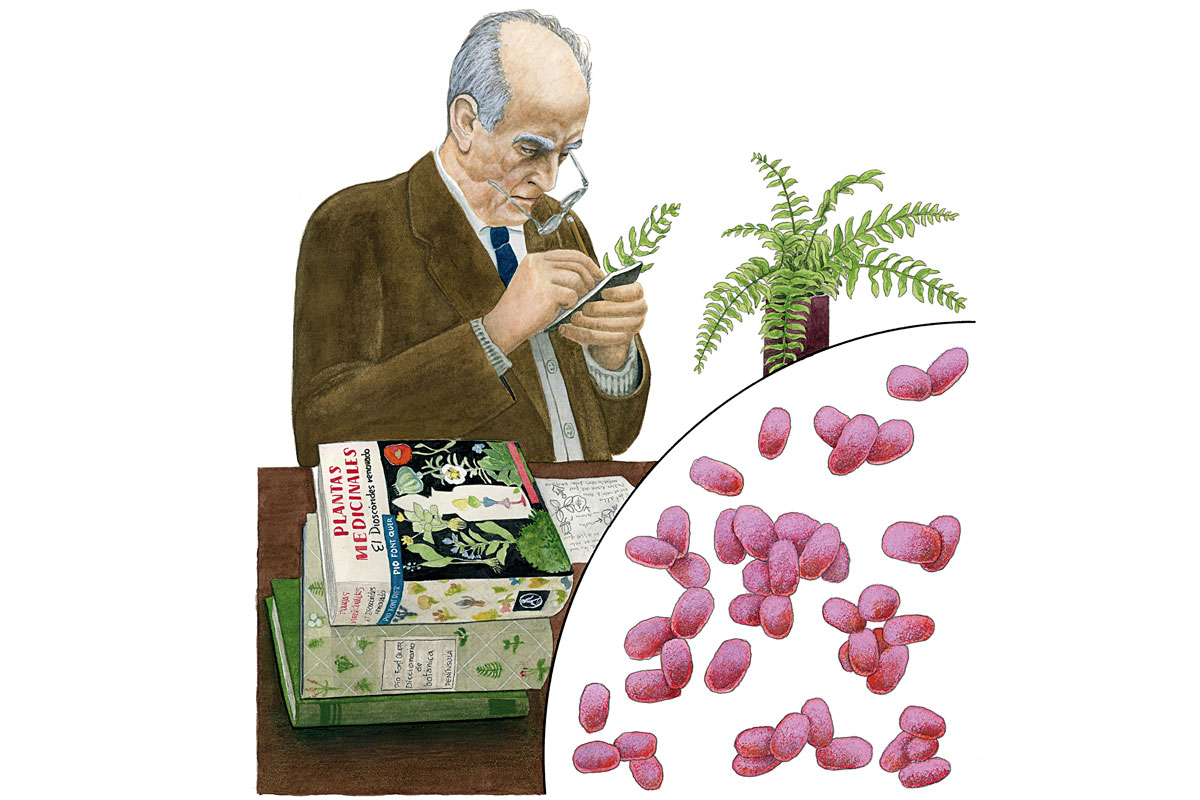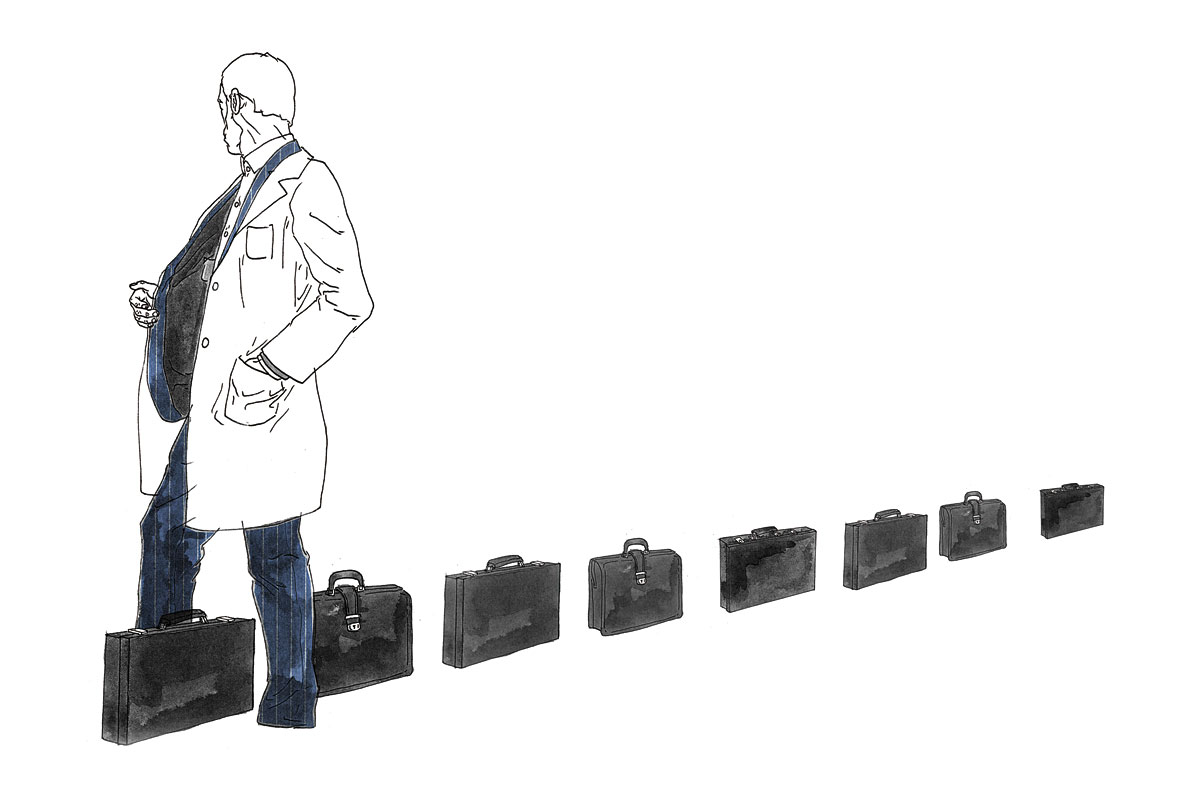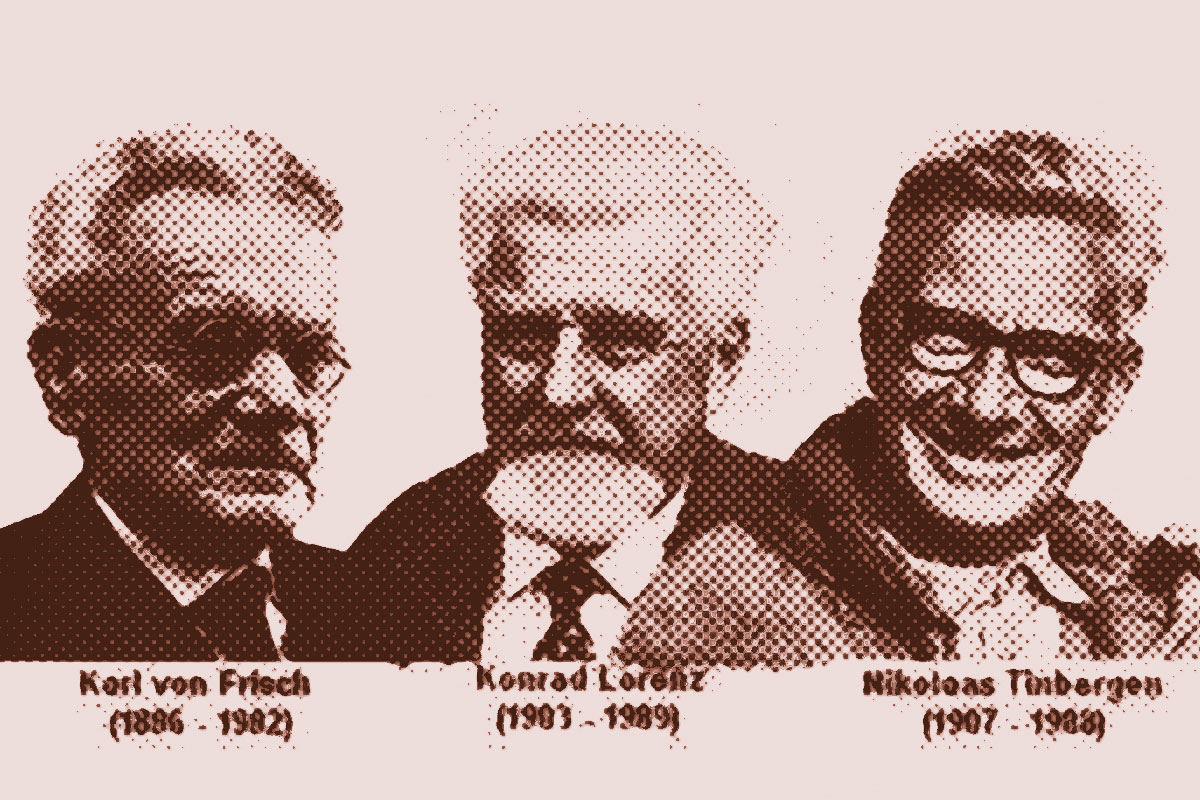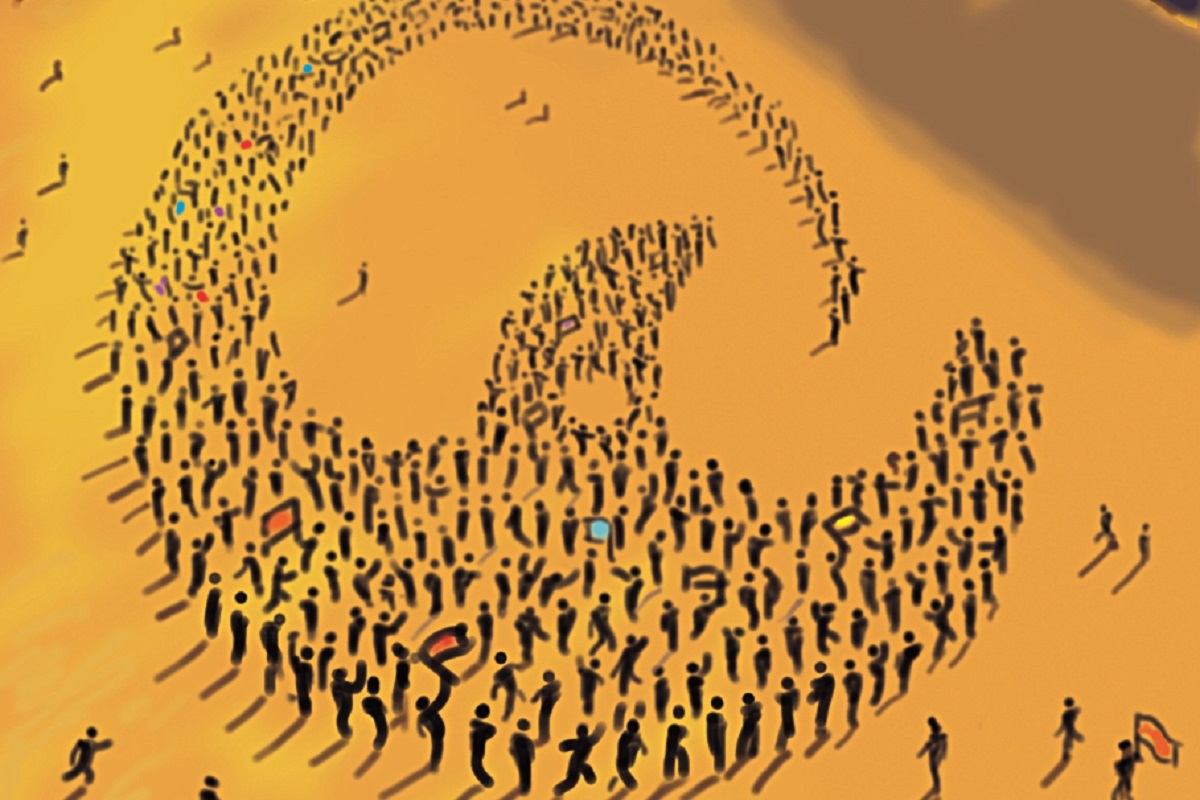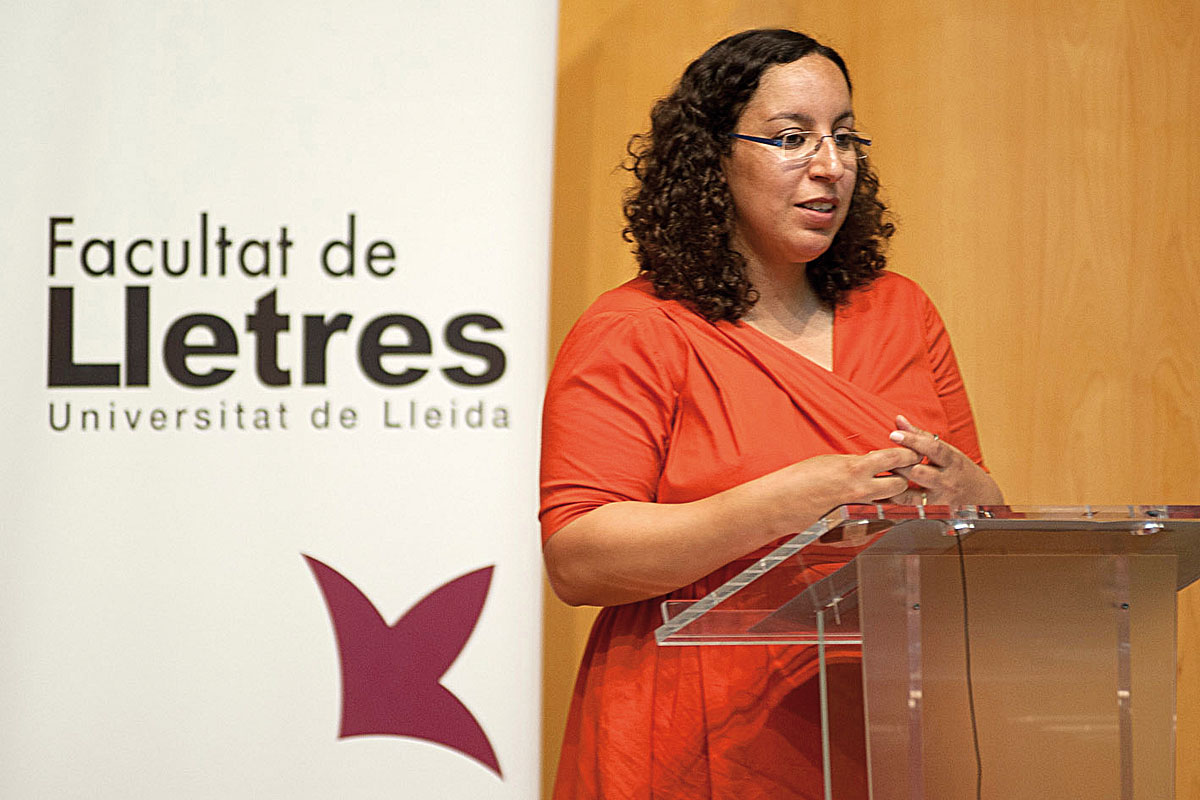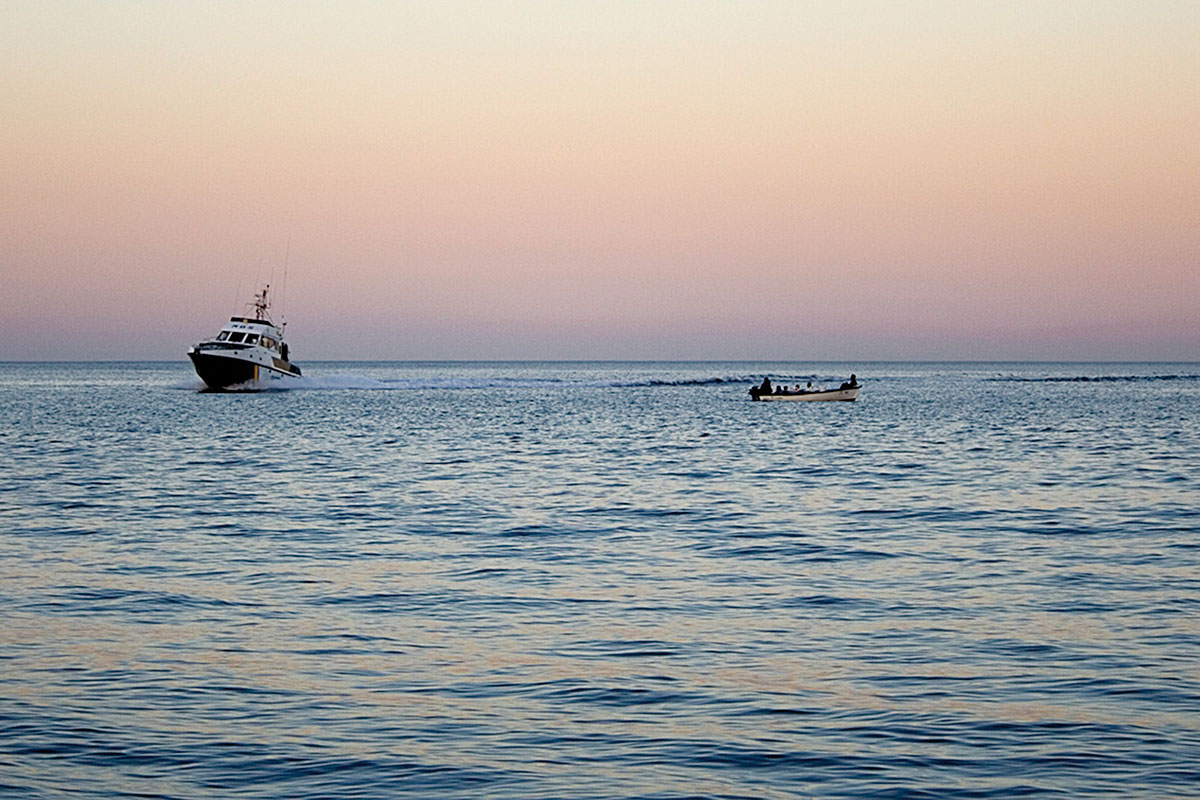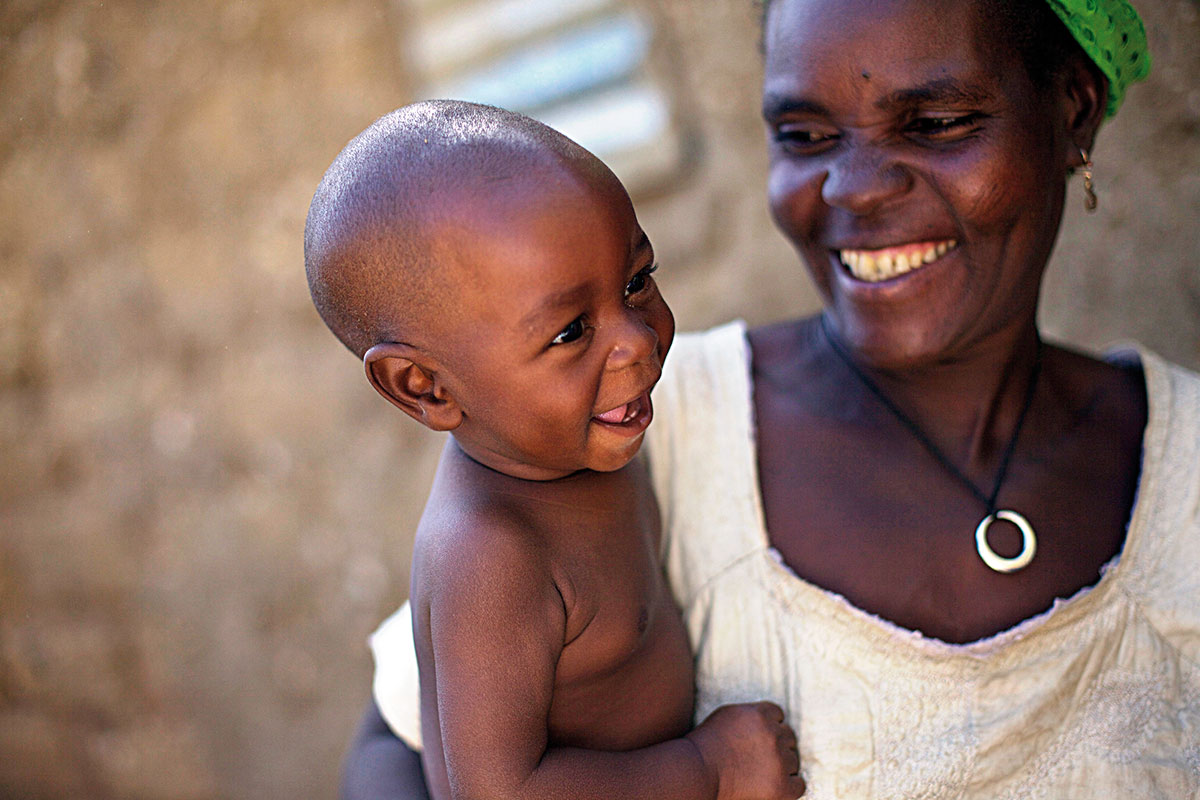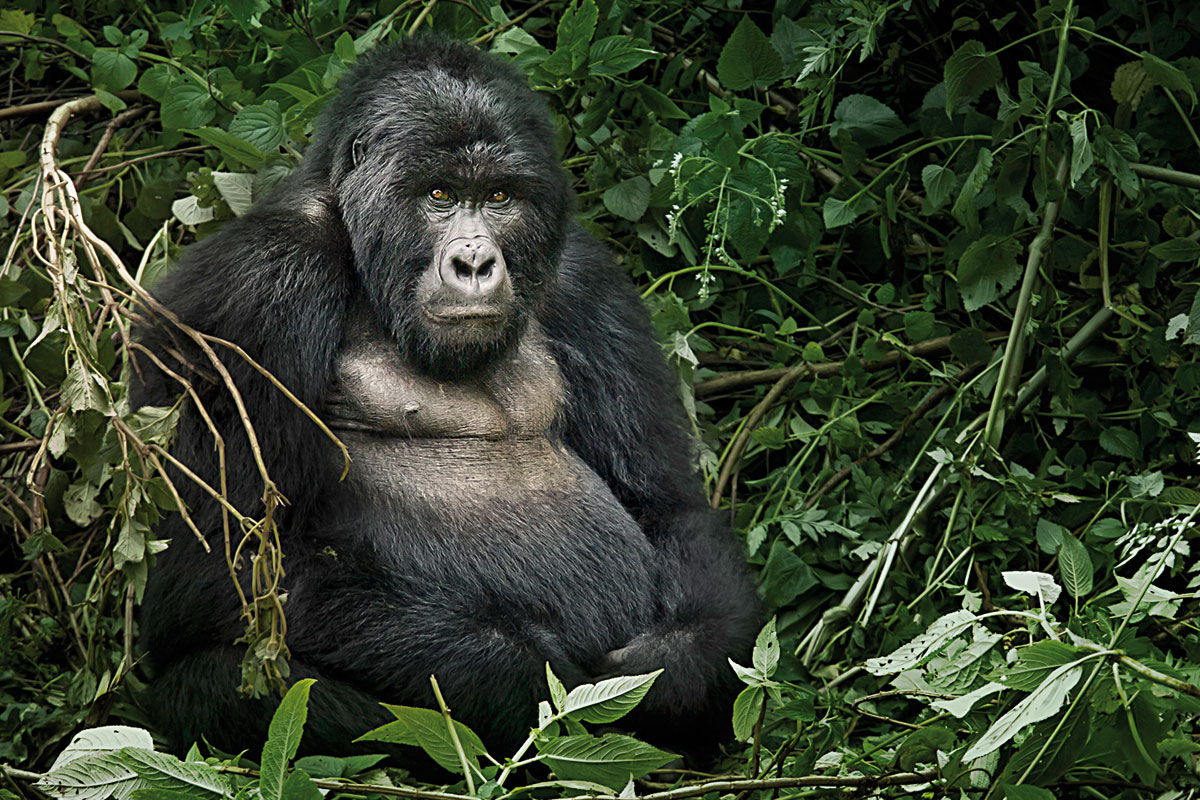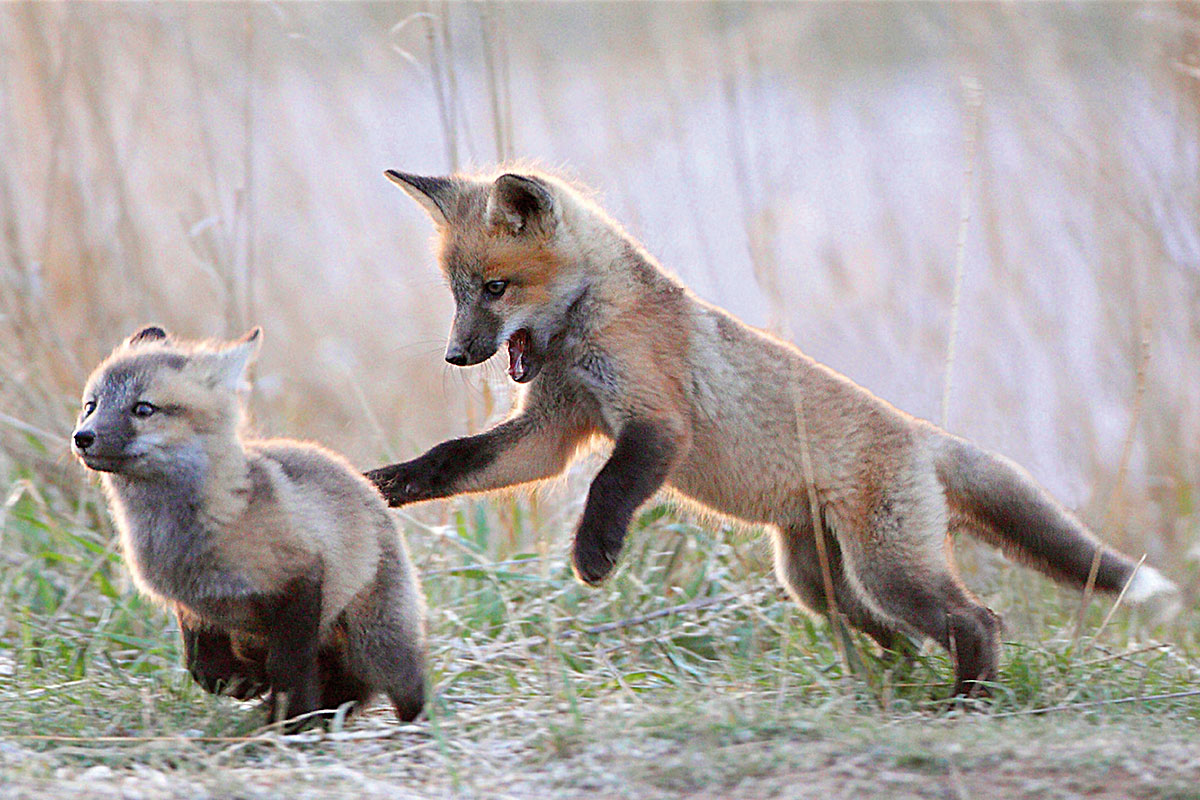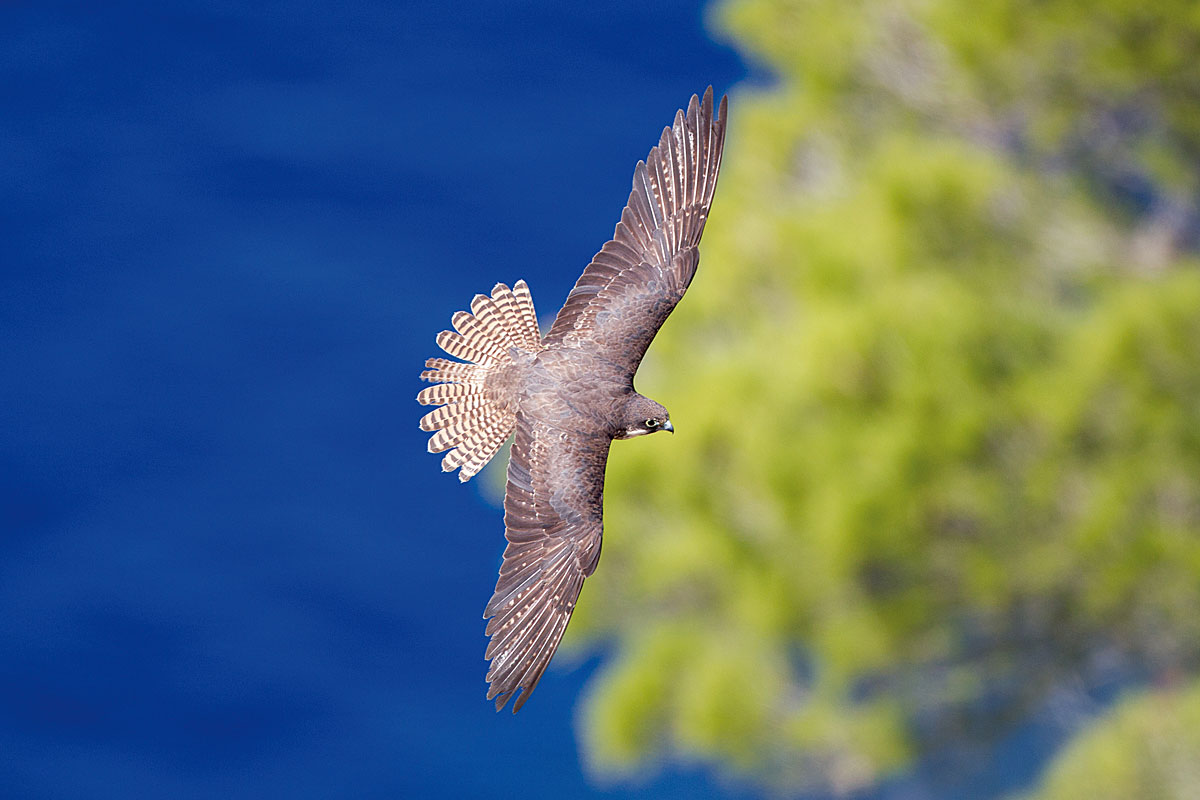Search
The world in which we live is becoming ever-more globalised, with a clear predominance of information and communications media, packed with interactivity and feedback. This makes it more difficult to
Neolithic Revolution The history of our species is marked by numerous events that have shaped the current lifestyle and diversity of different human populations. Among the known points of inflection is
Culture, understood as information transmitted via non-genetic means, begins in the animal world when biological evolution is quite advanced. Crows and chimpanzees, for instance, do not only use tools, but
The activity we propose for this section of Mètode consists of reforesting using clay seed balls that we will scatter on the lands selected or on our own spaces to
In the year of our Lord 1263, Father Peter of Prague doubted the transubstantiation of the body and blood of Christ in the Eucharist. So he went on a pilgrimage
A lawyer has a case first and then looks for evidence to defend it, while a scientist – at least in theory – has evidence first and then concludes a
According to legend, King Solomon possessed a magic seal ring that endowed him with the ability to speak to animals, which made him wise and powerful. As it turns out,
Review of different visions on the migratory phenomenon explored by Spanish cinema, from the 30s until the current day.
This article discusses «migrant literature» in Catalonia, looking at the particular case of Najat El Hachmi, a Catalan writer of Moroccan origin. Here we analyse her first book, the auto-biographical essay Jo també sóc catalana.
This paper investigates the cross-border migration of North European retirees to the Costa Blanca and its influence on the urban expansion of resorts. We also discuss the reasons for these migrations, which are mainly related to climate and lifestyle.
Border control policies have been strengthened, making Spain – and indeed Europe as whole – a kind of fortress that is becoming increasingly hard to enter and, consequently, to request asylum.
This article reflects on the social costs and benefits of human migrations, from the viewpoints of both migrating and host populations, and the people that comprise them.
Studying the genetic diversity of human populations today reveals past demographic and migratory events that left an imprint on our genome, same as current migrations will affect our future genetic diversity.
In the animal kingdom, dispersal represents a critical decision as it affects survival and reproductive success, and is also an important component of population dynamics. This article looks at dispersal
Many factors influence dispersal decisions in animals. However, animals only disperse once they are physically fit enough to reach and settle in the new location successfully.
The first migration led some groups away from the African continent to colonize the rest of the planet and, ever since, geographical displacement of individuals or groups has remained constant throughout history (despite the restrictions currently imposed by border-control policies).
Planetary geography and bird migration «Mobile organisms occupy territories with abundant resources, take advantage of them in order to breed, and leave when unfavourable conditions occur. Migration is nothing more than
